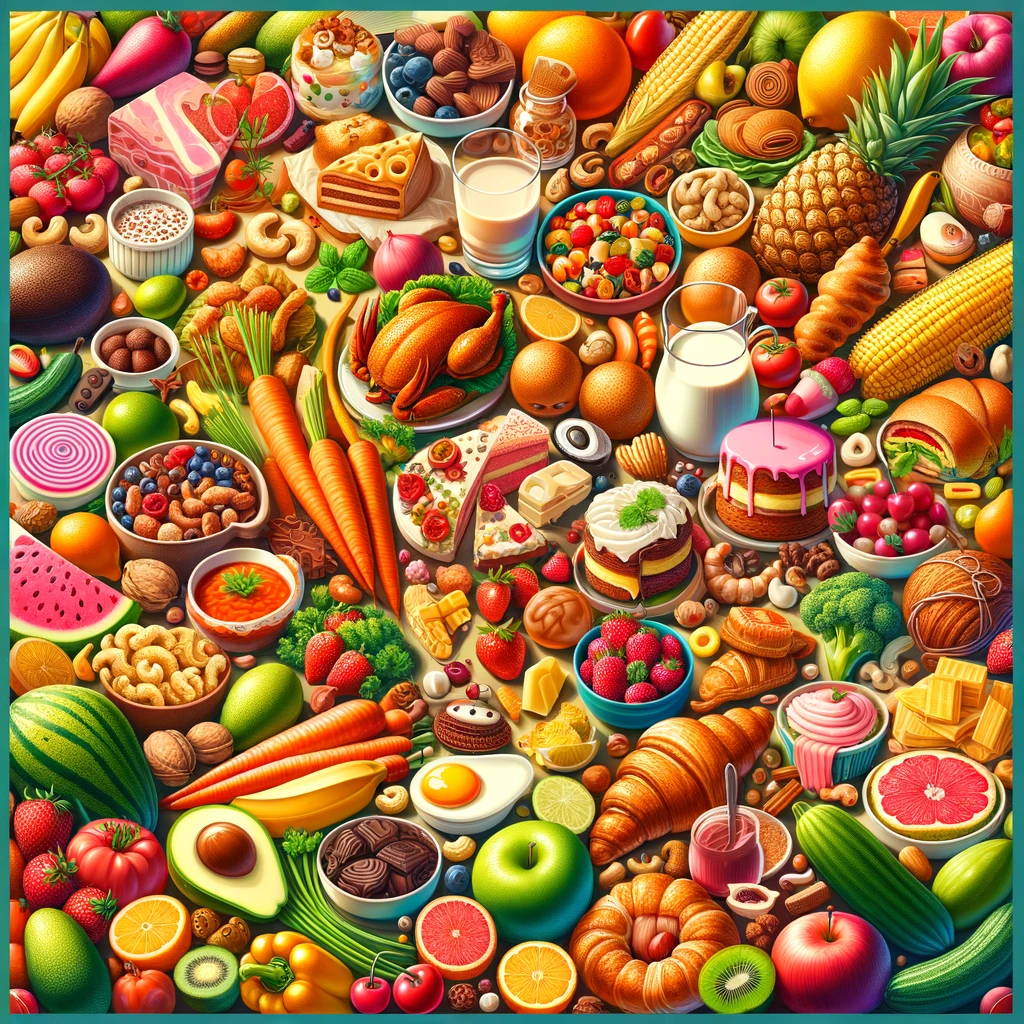Unraveling the Mysteries of Glútem: Understanding its Role in Diet and Health

In the realm of culinary science and dietary awareness, few subjects have garnered as much attention and controversy as glútem, known in the English-speaking world as gluten. This protein complex, found predominantly in wheat, barley, rye, and their derivatives, serves as a vital component in the creation of numerous beloved foods, yet its presence also poses significant challenges for individuals with certain health conditions. In this comprehensive exploration, we delve into the multifaceted nature of glútem, shedding light on its origins, functions, impacts on health, and the diverse pathways individuals navigate in their quest for a balanced and glútem-aware lifestyle.
Understanding Glútem: A Protein with a Purpose
At its core, glútem is a complex mixture of proteins, primarily glutenin and gliadin, that imbue grains with their characteristic elasticity and structure. In culinary endeavors, glútem plays a crucial role in facilitating the rising of dough during baking, contributing to the light and airy texture of bread and other baked goods. This unique property has made glútem a staple ingredient in countless recipes, from artisanal loaves to decadent pastries, serving as both a binding agent and a source of culinary innovation.
The Dichotomy of Glútem: Blessing or Burden?
While glútem is celebrated for its indispensable role in baking and cooking, its presence can prove problematic for individuals with certain health conditions. Celiac disease, an autoimmune disorder characterized by an adverse reaction to glútem, necessitates strict adherence to a gluten-free diet to prevent potentially severe health consequences. Additionally, non-celiac gluten sensitivity afflicts individuals who experience gastrointestinal discomfort and other symptoms in response to glútem consumption, further highlighting the complex interplay between diet and health.
Navigating Glútem-Related Health Conditions: Challenges and Considerations
For those affected by celiac disease or gluten sensitivity, adopting a gluten-free lifestyle becomes paramount to managing their health and well-being. This entails meticulous attention to food labels, vigilant avoidance of cross-contamination, and a commitment to seeking out gluten-free alternatives to traditional wheat-based products. Despite the challenges posed by glútem-related health conditions, advancements in food science and increased awareness have facilitated greater accessibility to gluten-free options, empowering individuals to embrace a diverse and satisfying diet without compromising their dietary restrictions.
Embracing Gluten-Free Alternatives: A World of Culinary Innovation
The rise of gluten-free alternatives has ushered in a new era of culinary innovation, offering individuals with glútem-related disorders a wealth of options to explore and enjoy. From quinoa and rice to corn and buckwheat, gluten-free grains provide nutritious alternatives that cater to diverse tastes and dietary preferences. Furthermore, innovative baking techniques and substitutes, such as xanthan gum and guar gum, enable the creation of gluten-free baked goods that rival their gluten-containing counterparts in taste and texture, ensuring that individuals can savor their favorite treats without compromising their dietary requirements.
Looking Towards the Future: Advancements in Glútem-Free Living
As our understanding of glútem-related health conditions continues to evolve, so too do the opportunities for individuals to embrace a gluten-free lifestyle with confidence and convenience. Ongoing research holds the promise of new therapies, improved diagnostic methods, and enhanced gluten-free products, shaping a future where managing glútem-related disorders is more accessible and enjoyable than ever before. By fostering awareness, fostering innovation, and fostering a sense of community among individuals affected by glútem-related health conditions, we can pave the way for a brighter, gluten-aware future for all.















Leave a Reply